INSPIRATION
Lab-Grown Diamonds: Myth Vs Truth
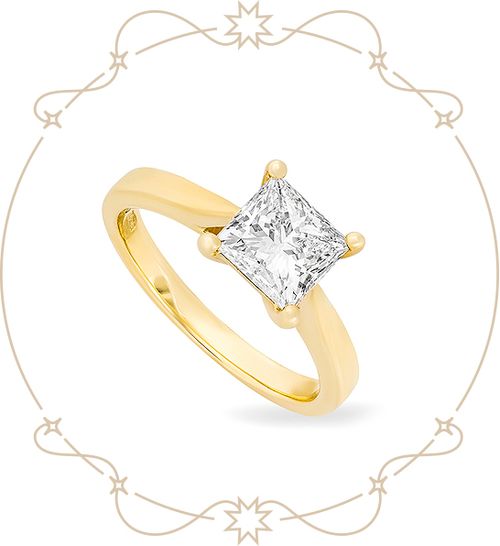

Lab-Grown Diamonds: Myth Vs Truth
In recent years, lab-grown diamonds have emerged as a sparkling topic in the world of fine jewellery. These stones, crafted meticulously in controlled environments, have been steadily gaining popularity, challenging the traditional dominance of natural diamonds. The surge in interest is not just due to their beauty and brilliance, but also owing to the myths and misconceptions surrounding them.
This article aims to dispel common myths about lab-grown diamonds, contrasting them with the truths behind their creation, durability, value, and environmental impact. As we delve into the world of these exquisite, ethically sourced gems, we'll uncover why they are becoming a favoured choice for discerning jewellery enthusiasts.

Myth: Lab Diamonds Are Fake
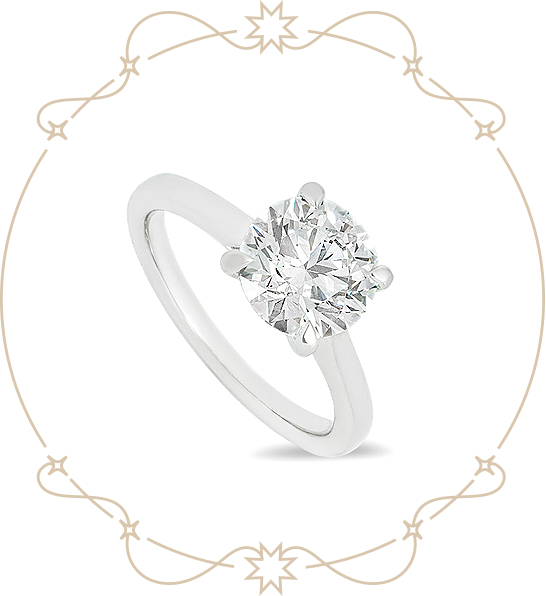
Contrary to popular belief, lab-grown diamonds are not fake. They share the same physical, chemical, and optical properties as natural diamonds, with the only difference being their origin. Created in controlled environments using advanced technologies like High Pressure High Temperature (HPHT) or Chemical Vapor Deposition (CVD), they perfectly replicate the natural diamond formation process.
Composed of pure carbon and crystallised in the same isotropic 3D structure as natural diamonds, they exhibit identical hardness, brilliance, and durability.

Myth: Lab Diamonds Won’t Last
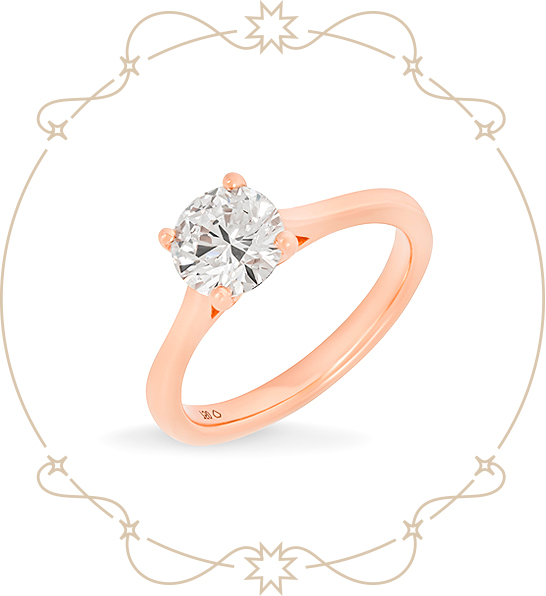
The myth that lab-grown diamonds don't last as long as natural diamonds is unfounded. Both types of diamonds score a perfect 10 on the Mohs scale of mineral hardness, making them the hardest materials on Earth. This shared characteristic ensures that lab diamonds, like their natural counterparts, are exceptionally durable and resistant to scratches.
Their robustness is due to the carbon atoms in both lab-grown and natural diamonds being arranged in a strong lattice structure, contributing to their longevity. Consequently, lab diamonds maintain their sparkle and structural integrity over time, proving to be a lasting choice for jewellery just as much as natural diamonds.

Myth: Lab Diamonds Are Not As Durable

The belief that lab-grown diamonds are less durable than natural ones is a significant misconception. In reality, lab diamonds are graded on the same stringent criteria as natural diamonds – the four Cs: cut, colour, clarity, and carat. This grading system is universally applied to ensure that all diamonds, regardless of their origin, meet high standards of quality and durability.
When it comes to hardness, lab-grown diamonds are identical to natural ones. Both are composed of carbon atoms arranged in a diamond crystal lattice, the strongest and hardest known structure. This means that lab diamonds have the same impressive resistance to scratches and abrasions as their natural counterparts, making them just as durable and suitable for everyday wear.

Myth: Lab Diamonds Have No Value
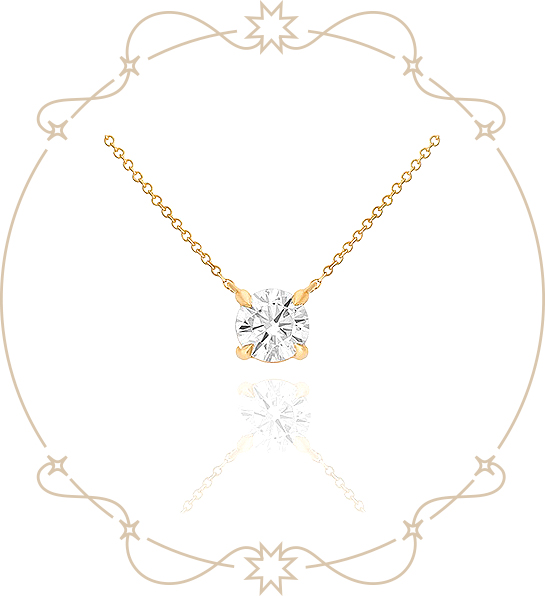
The notion that lab-grown diamonds have no value compared to natural diamonds is a myth that overlooks several key factors. Firstly, lab diamonds possess intrinsic value due to their identical physical, chemical, and optical properties to natural diamonds. They undergo the same stringent grading process based on the four Cs, ensuring their quality and value.
Secondly, the value of lab diamonds extends beyond just their physical attributes. They represent a shift towards sustainable and ethical jewellery practices, appealing to a growing consumer base that values environmental responsibility and ethical sourcing. This ethical appeal adds a dimension of value that resonates with modern consumers.
Moreover, lab diamonds offer more accessibility to luxury. They provide the beauty and durability of diamonds at a more attainable price point, without compromising on quality. This makes them valuable to those who desire the elegance of diamonds with a more conscious approach to their purchase.

Myth: Lab Diamonds are Harmful to the Environment
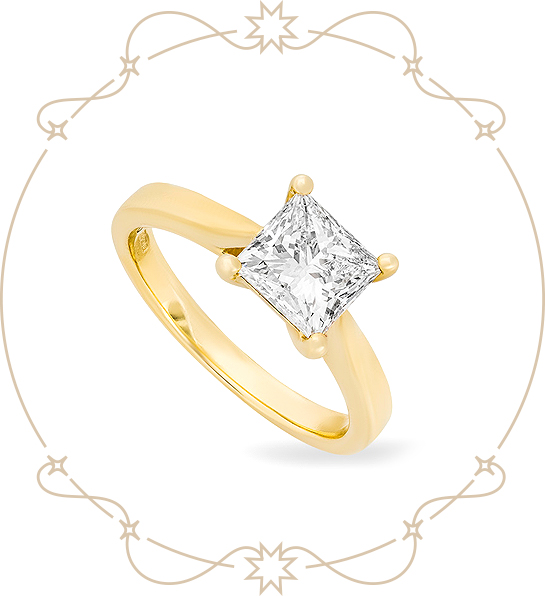
Another prevailing myth is that lab-grown diamonds are harmful to the environment, a belief that likely stems from a general scepticism towards industrial processes. However, when compared to the mining of natural diamonds, the production of lab diamonds is significantly less detrimental to the environment.
The process of mining natural diamonds is often associated with extensive environmental disruption. It involves large-scale excavation of the earth, which can lead to soil erosion, deforestation, and habitat destruction. Additionally, diamond mining can result in water pollution and other long-term ecological impacts.
In contrast, creating diamonds in a lab setting requires considerably less land and water. The energy used in these processes is increasingly sourced from renewable resources, making it more sustainable. While lab diamond production is not entirely free of environmental impact, advancements in technology are continually reducing its carbon footprint.

Myth: Lab Grown Diamonds Are Cheap
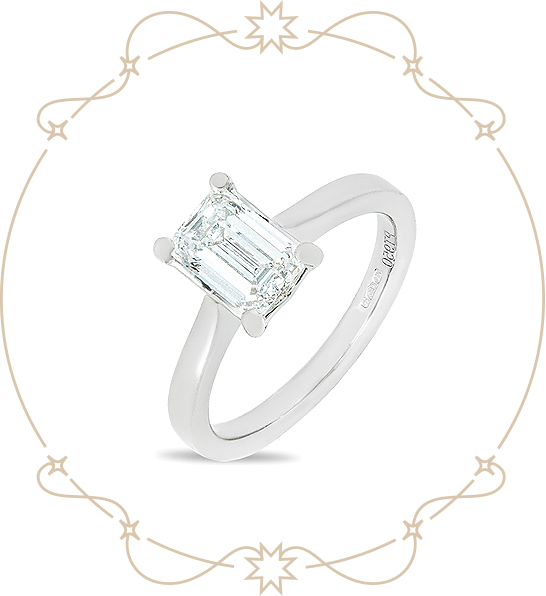
The misconception that lab-grown diamonds are 'cheap' stems from their lower price point compared to natural diamonds. However, 'less expensive' does not equate to 'cheap' in terms of quality or value. The primary reason for their lower cost is the elimination of the extensive mining process, which is both labour-intensive and costly. By cutting out this process, lab diamonds become more affordable, but they still retain the high-quality standards and luxury of natural diamonds.
Lab-grown diamonds are crafted with meticulous care and precision, ensuring they meet the same aesthetic and physical standards as mined diamonds. As mentioned previously, they undergo the same grading process, ensuring their quality in terms of the four Cs. This rigorous evaluation upholds their status as valuable gems.
Moreover, the reduced cost of lab diamonds makes them accessible to a broader range of consumers, allowing more people to enjoy the luxury of real diamonds. This affordability, combined with their ethical and sustainable production, enhances their appeal and value in the eyes of many consumers, especially those who are environmentally conscious and socially responsible.

Myth: You Can Tell When A Diamond Is Lab Grown
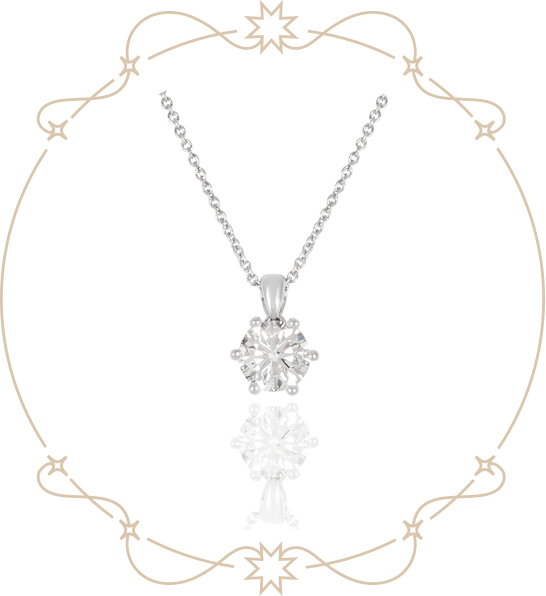
The belief that lab-grown diamonds can be easily distinguished from natural ones by the naked eye is a myth. In truth, lab-grown and natural diamonds are virtually identical in appearance, sharing the same sparkle, fire, and brilliance.
The significant differences between them, such as minute variances in crystal growth patterns or trace elements, are only detectable under specialised microscopic examination by gemologists. These distinctions are due to the differing formation processes: natural diamonds form over billions of years in the Earth, while lab diamonds are created in controlled laboratory environments.
To the casual observer, both types of diamonds look the same, as they share identical hardness, refractive index, and light dispersion properties. This makes it nearly impossible for anyone without advanced gemological training and equipment to visually differentiate between a lab-grown diamond and its natural counterpart.

Invest In Lab-Grown Diamonds Today
In debunking the common myths surrounding lab-grown diamonds, we see that they offer the same beauty, durability, and brilliance as natural diamonds, but with the added benefits of sustainability and ethical sourcing.
Discover the elegance and conscience of lab-grown diamonds with Rich Diamonds.

